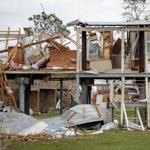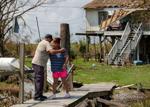The Times Picayune – nola
For Louisiana’s coastal tribes, ‘being at the end of the earth is a dangerous place’
After Hurricane Ida, Native Americans confront loss of homes, income, sacred sites
By Halle Parker, Staff Writer September 6, 2021

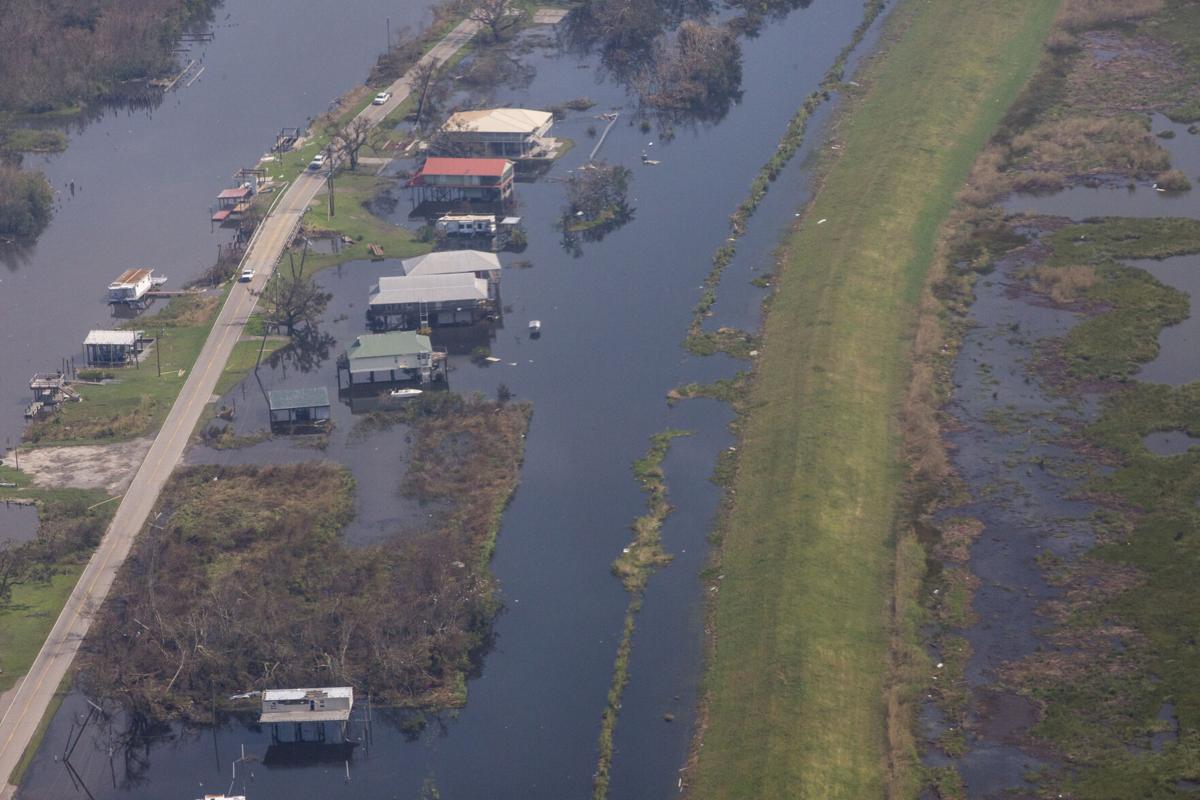
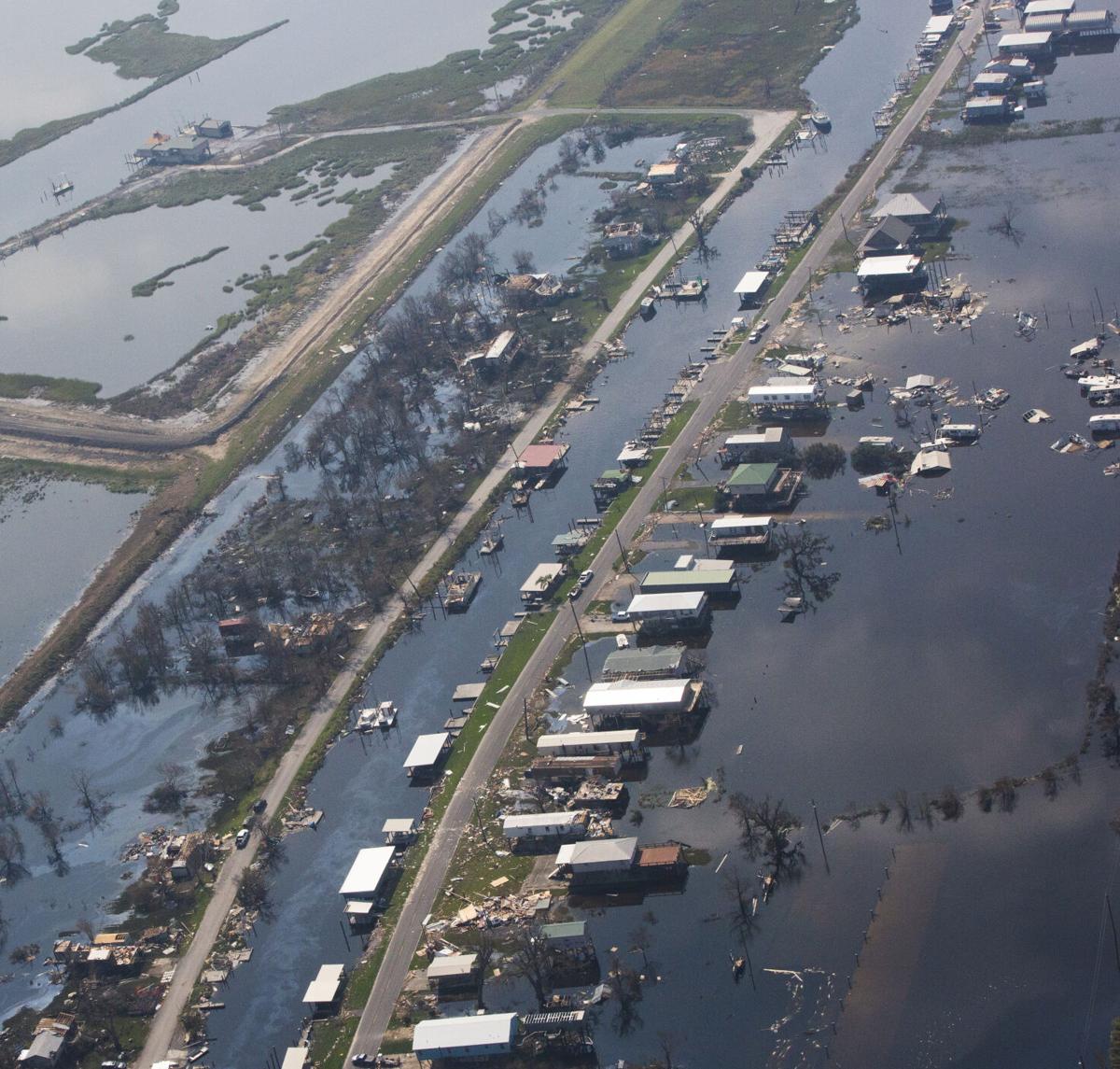

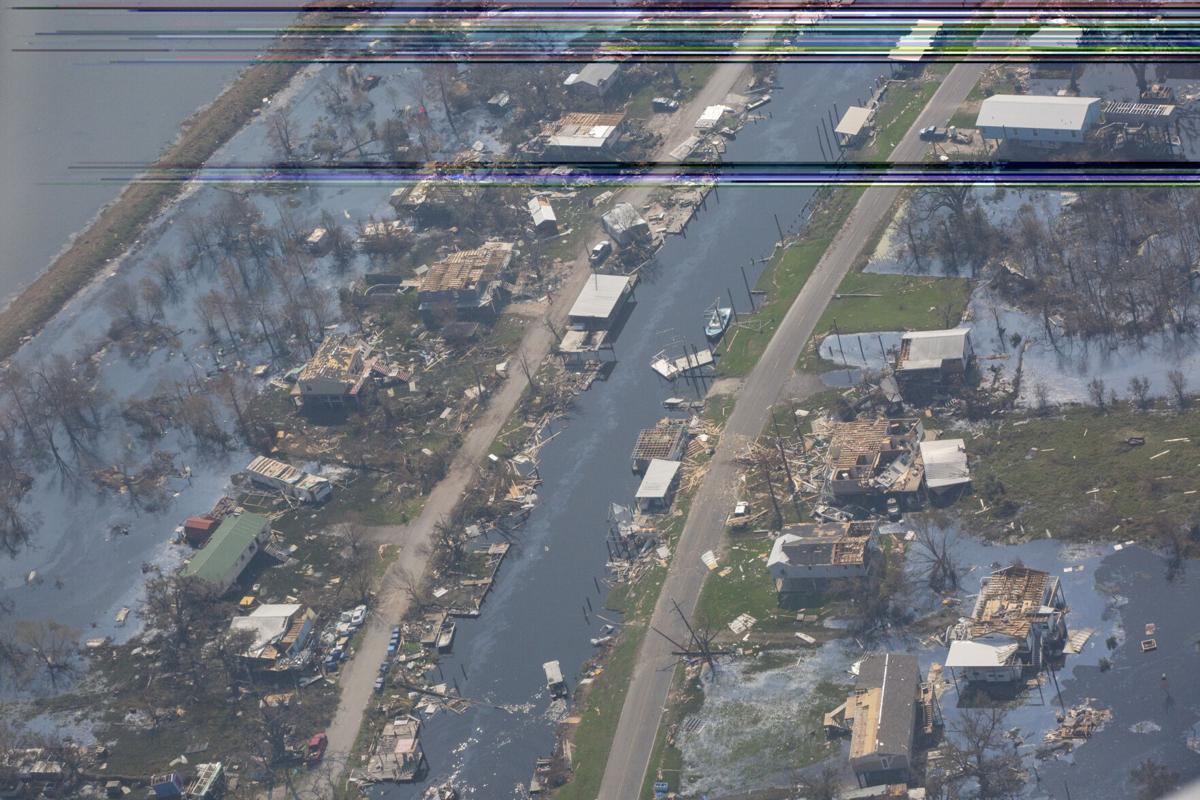

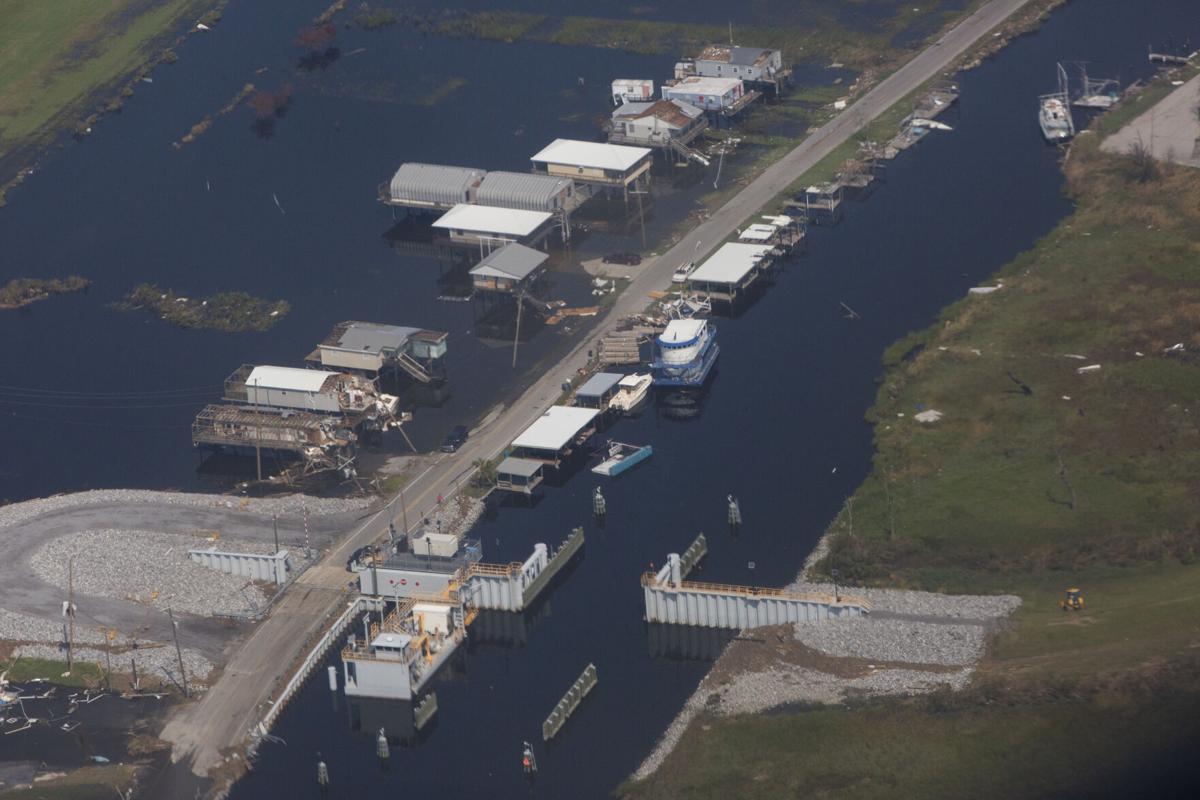
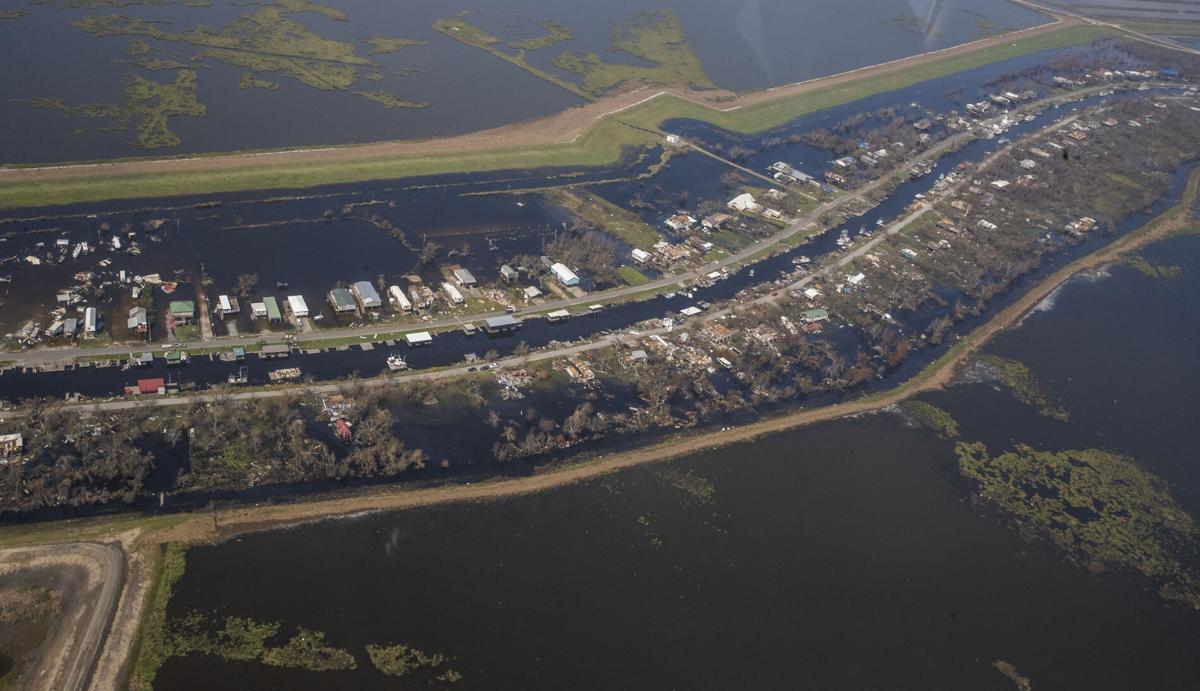
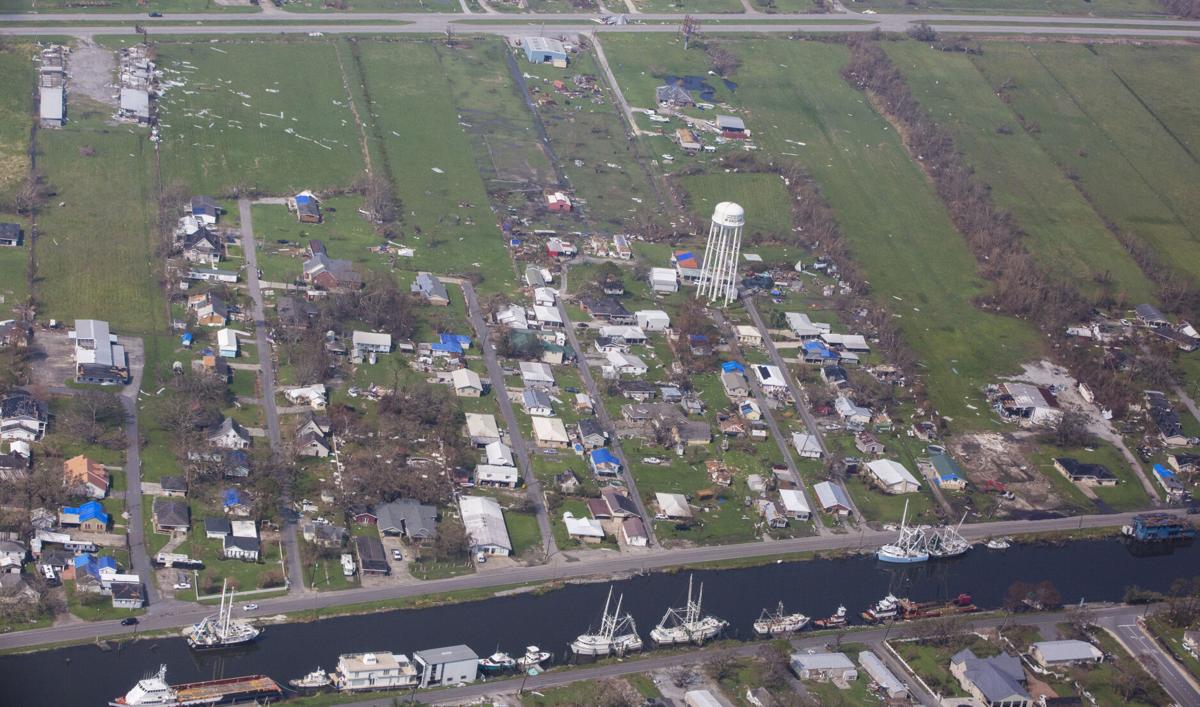
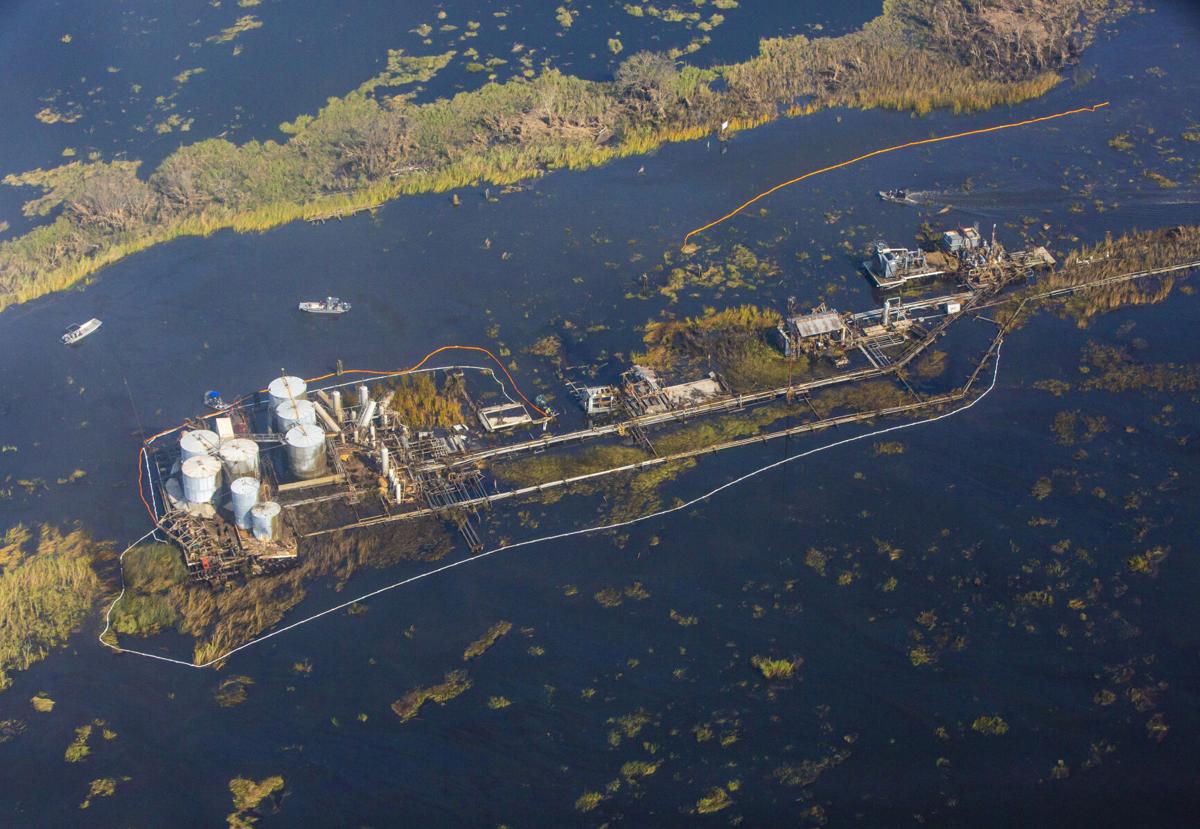

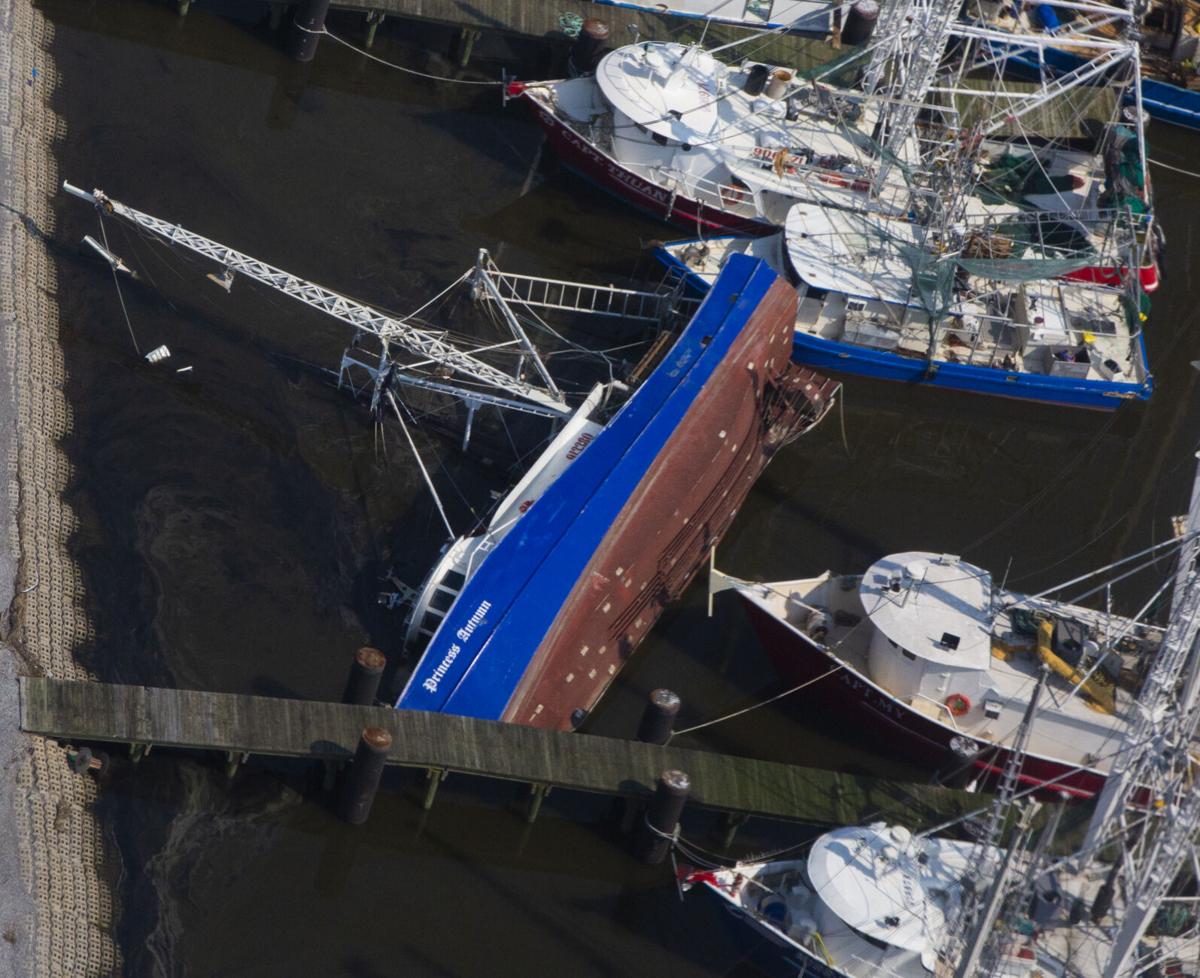

When Shirell Parfait-Dardar returned to her home in Dulac, she found that Hurricane Ida’s unforgiving winds had ripped the roof off and blown the walls in. A dressmaker by trade, she discovered her sewing shop seemed to have been lifted off the ground, flipped upside down and smashed.
“Every building on my property was destroyed,” said the chief of the Grand Caillou/Dulac Band of Biloxi-Chitimacha-Choctaw, now staying with her mother in Thibodaux. Almost every member of her Native American tribe suffered the same fate. Those who lived in mobile homes saw their trailers blown up or “thrown to the ground and beaten up to the point where it’s unlivable,” she said.
“If they haven’t lost their home, they’re on the verge of losing their home because there’s so much damage to it,” she said. And for those residents, the clock’s ticking a week after the Category 4 storm struck: They must salvage what they can and secure their property before mold sets in.
From the air, tribal communities across Louisiana’s coast appear to have been decimated by Hurricane Ida:
- In Pointe-aux-Chênes, home of the Pointe-au-Chien tribe, the storm leveled the elevated houses near the bayou’s end. Left behind were piles of splintered wood surrounded by a pool of water five days after the storm. Just 15 homes remained livable, said Theresa Dardar, a Pointe-au-Chien tribal member.
- The United Houma Nation, a tribe of 19,000 spread across several communities from Houma to Golden Meadow and the Lafitte area, saw more than three quarters of its residents’ houses destroyed or rendered uninhabitable, said Thomas Dardar, the tribe’s hurricane relief manager. “The storm was pretty much as if a bomb went off,” he said, speaking from the tribal center where more than a dozen people and several pets were still sheltering Friday. Recovery will take years, he added.
- Just west on its own sinking island, the Isle de Jean Charles Band of the Biloxi-Chitimacha Confederation of Muskogees saw similar devastation. Homes crumpled and the marina lost its roof.
All four of the state-recognized tribes suffered tremendous loss from Ida, as well as several other tribes without any formal status such as the Grand Bayou Indian Village in Plaquemines Parish. Surveying the coast by airplane, Tammy Greer, a United Houma Nation citizen with family in other tribes, was astounded by the scope of the damage.
“This one was so spread out,” she said. “Usually it’s one or two communities affected, and we can help each other out. This time, everybody else is just as bad as you are.”
Without federal recognition, recovery will be slower. None of the coastal tribes has met the criteria put in place for Washington, D.C., to recognize their tribal governments as sovereign powers.
Adam Crepelle, an assistant law professor at George Mason University and a United Houma Nation citizen, said federal recognition would allow tribes to negotiate directly with the U.S. government and open up more aid money and relief programs.
“As far as the federal government is concerned, they’re not a tribe,” Crepelle said, who specializes in federal law concerning Native Americans. “It’s definitely a barrier because, historically, the tribe was denied access to education and things like that, so they’re already starting from lower opportunities to begin with.”
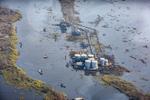
Instead, unrecognized tribes are treated as nonprofits. That lets them apply for some grants, but their citizens are treated the same as any other U.S. citizen: Each must file an individual claim if aid is wanted. And the lack of federal recognition precludes some relief money for the tribes, Crepelle said.
“I’m definitely Indian, but I’m not Indian enough,” said Parfait-Dardar, who views the recognition process as discriminatory.
Without direct help from the federal government, each tribe leans on its own networks to obtain supplies and donations and shares with other tribes. They also try to secure help from the parish and state governments. So far, however, Parfait-Dardar and Theresa Dardar said they’ve yet to hear from Terrebonne and Lafourche parish officials as of Sunday.
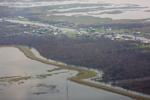
Louisiana tribes outside of the disaster zone, and ones out of state, also send help. Thomas Dardar said the United Houma Nation had already begun distributing supplies and was working alongside Terrebonne and Lafourche parishes to erect communications towers in some of the hardest-hit areas.
“We’re operating in a disaster, but we’re not in disaster mode,” he said.
Greer and Parfait-Dardar expect many of their tribes’ citizens to return and rebuild. Still, each storm can make their citizens anxious over a loss of culture and identity should members choose to migrate inland.
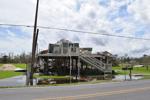
Thinking of her tribe’s elders, Greer said the constant rebuilding process can take a physical toll. And for those who make money off traditional wood carving or basket weaving, losing a home means losing inventory and income.
Plus, as storms grow more intense and Louisiana’s coast continues to recede, tribes have less protection from the sea and cultural sites such as sacred mounds or cemeteries are at risk of washing away, taking history with them.
“We’re not protecting them, and that’s the history of this land and this place,” Greer said. “Being at the end of the Earth is a dangerous place to be.”

Outsiders forget, she said, that the tribes didn’t choose to settle in the swamp but were forced there as others moved onto their land to the north. Yet they made it work and adapted over centuries.
As Ida relief donations trickled in, Parfait-Dardar hoped her community will manage to build back stronger, using more innovative techniques to live with water.
“I can’t live anywhere else. I love my home, I love our people, and I love the environment that I’m in,” the Dulac chief said. “We need to respect the environment we’re in if we’re going to live here safely.”
Author: John Hanno
Born and raised in Chicago, Illinois. Bogan High School. Worked in Alaska after the earthquake. Joined U.S. Army at 17. Sergeant, B Battery, 3rd Battalion, 84th Artillery, 7th Army. Member of 12 different unions, including 4 different locals of the I.B.E.W. Worked for fortune 50, 100 and 200 companies as an industrial electrician, electrical/electronic technician. View all posts by John Hanno

